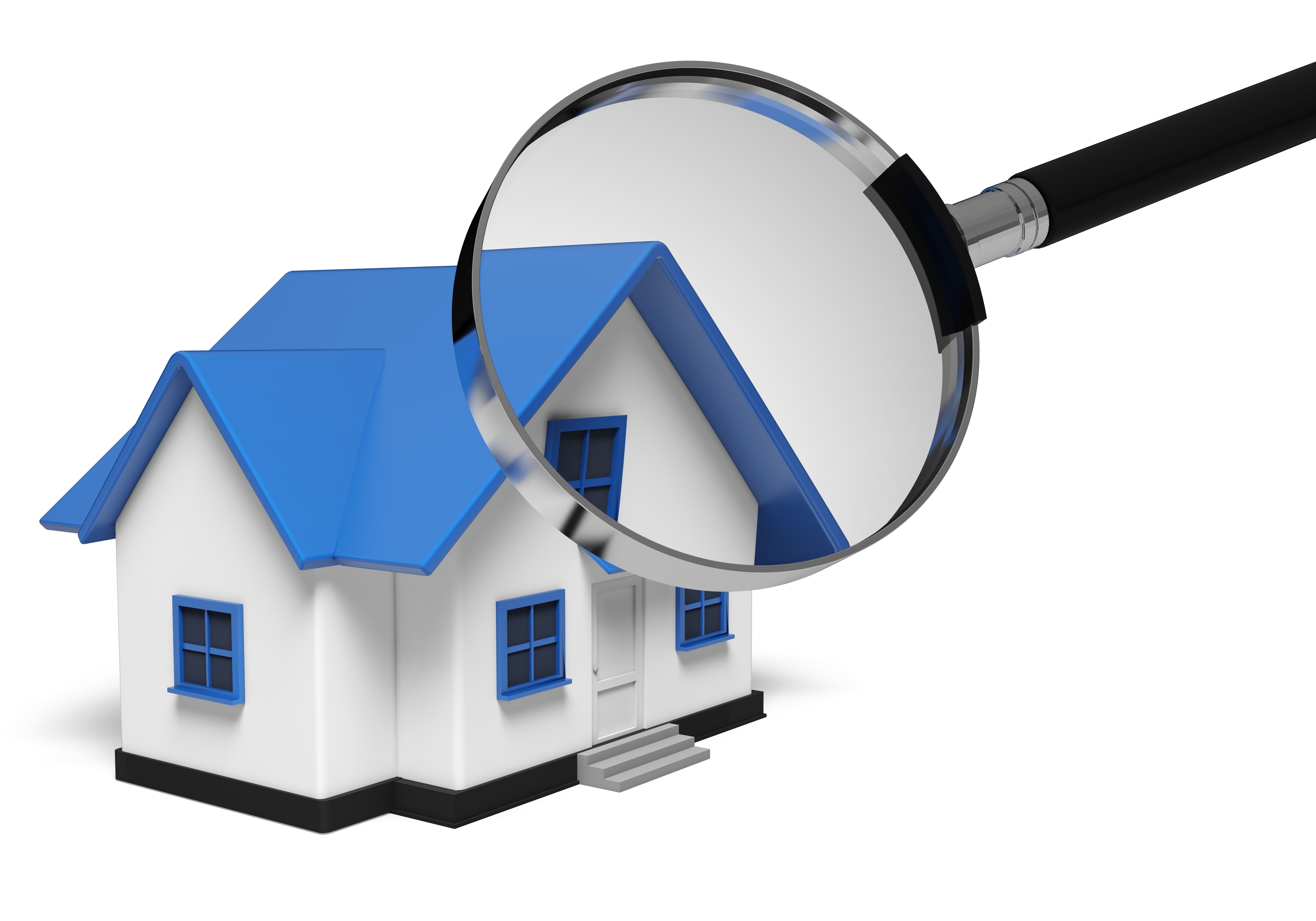
Understanding the Appraisal ProcessAcquiring real estate can be the most important transaction most of us might ever encounter. It doesn't matter if a primary residence, an additional vacation property or an investment, purchasing real property is a complex transaction that requires multiple parties to pull it all off. You're likely to be familiar with the parties taking part in the transaction. The real estate agent is the most recognizable face in the exchange. Next, the lender provides the money required to fund the exchange. And ensuring all areas of the transaction are completed and that the title is clear to transfer from the seller to the purchaser is the title company. So, who's responsible for making sure the real estate is worth the amount being paid? In comes the appraiser. We provide an unbiased estimate of what a buyer might expect to pay — or a seller receive — for a parcel of real estate, where both buyer and seller are informed parties. A licensed, certified, professional appraiser from Emily Sconyers will ensure, you as an interested party, are informed. Appraisals start with the home inspectionTo determine the true status of the property, it's our duty to first complete a thorough inspection. We must actually view features, such as the number of bedrooms and bathrooms, the location, and so on, to ensure they really exist and are in the condition a typical buyer would expect them to be. To ensure the stated square footage has not been misrepresented and document the layout of the house, the inspection often requires creating a sketch of the floorplan. Most importantly, the appraiser identifies any obvious features - or defects - that would affect the value of the property. Back at the office, an appraiser uses two or three approaches to determining the value of real property: paired sales analysis and, in the case of a rental property, an income approach. 
Replacement CostThis is where we analyze information on local construction costs, labor rates and other elements to figure out how much it would cost to replace the property being appraised. This value often sets the maximum on what a property would sell for. The cost approach is also the least used predictor of value. 
Analyzing Comparable SalesAppraisers are intimately familiar with the subdivisions in which they work. They thoroughly understand the value of particular features to the residents of that area. Then, the appraiser researches recent transactions in close proximity to the subject and finds properties which are 'comparable' to the home at hand. By assigning a dollar value to certain items such as square footage, extra bathrooms, hardwood floors, fireplaces or view lots (just to name a few), we adjust the comparable properties so that they are more accurately in line with the features of subject.
Once all necessary adjustments have been made, the appraiser reconciles the adjusted sales prices of all the comps and then derives an opinion of what the subject could sell for. At Emily Sconyers, we are experts when it comes to knowing the worth of particular items in Dunnellon and Marion County neighborhoods. This approach to value is commonly awarded the most consideration when an appraisal is for a real estate exchange. Valuation Using the Income ApproachA third method of valuing real estate is sometimes applied when a neighborhood has a measurable number of renter occupied properties. In this scenario, the amount of income the property generates is factored in with income produced by neighboring properties to give an indicator of the current value. Putting It All TogetherAnalyzing the data from all applicable approaches, the appraiser is then ready to state an estimated market value for the property in question. It is important to note that while the appraised value is probably the most accurate indication of what a property is worth, it may not be the price at which the property closes. Prices can always be driven up or down by extenuating circumstances like the motivation or urgency of a seller or 'bidding wars'. But the appraised value is often used as a guideline for lenders who don't want to loan a buyer more money than they could recover in the event they had to sell the property again. It all comes down to this, an appraiser from Emily Sconyers will guarantee you get the most fair and balanced property value, so you can make profitable real estate decisions. |